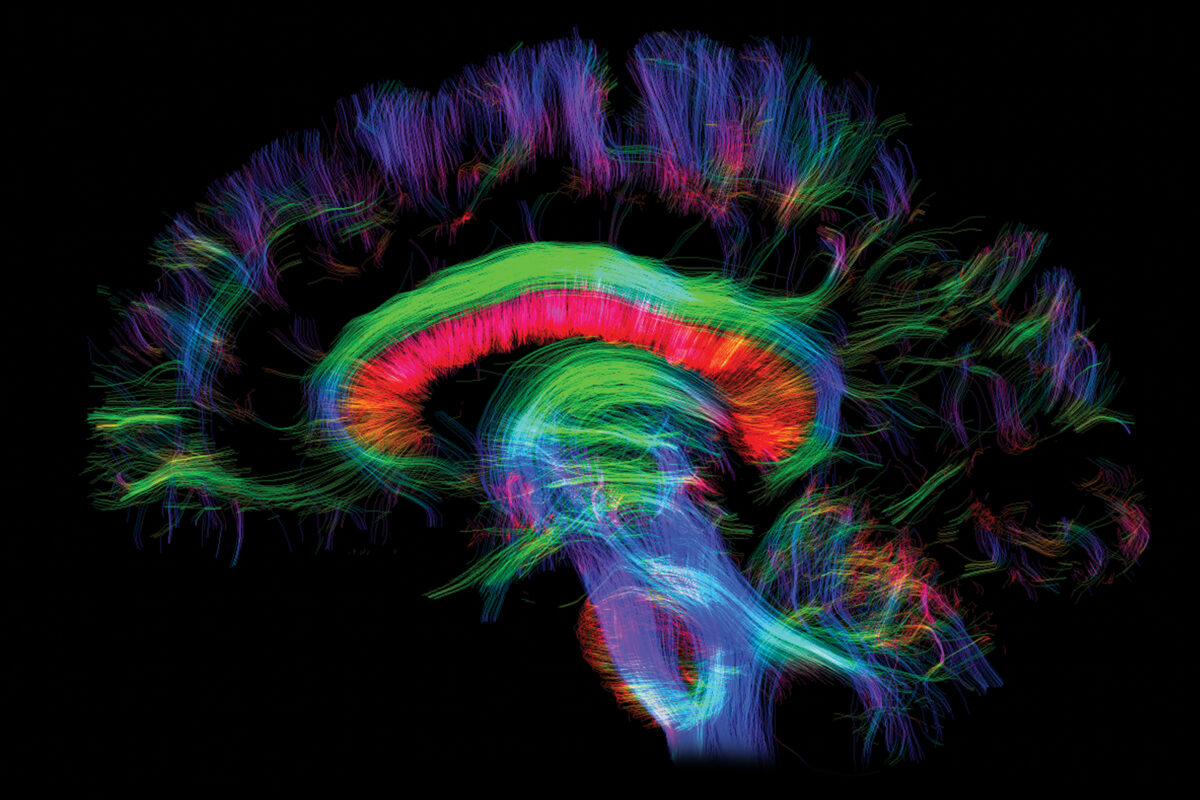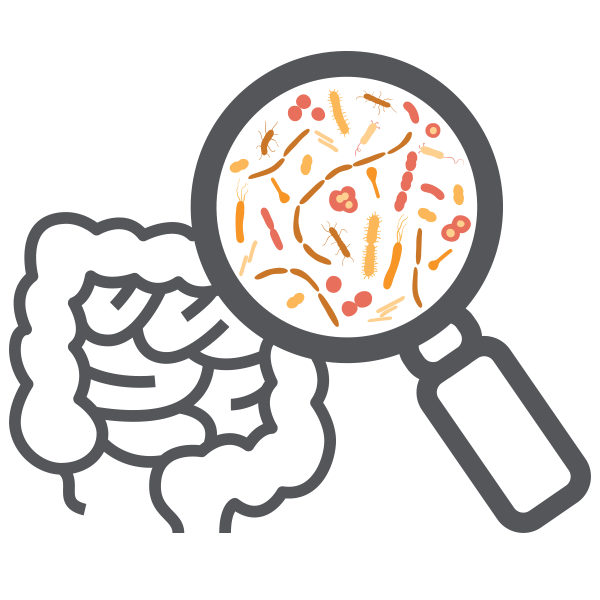
The first 1,000 days, from conception to around the second birthday, are a period of exponential brain growth and development. Anything that affects the process — from genetic alterations, to chemicals such as alcohol, to the home environment — can have lifelong consequences. WashU Medicine researchers are leading efforts to understand the factors that influence brain development in order to promote healthy brains and help people live their best lives.
Building the brain
How do billions of neurons organize themselves into structures and networks to form the enormously complex machine that is the brain? The answer could shed light on the roots of conditions such as epilepsy, autism and intellectual disability, but studying the developing brain in utero has proven challenging. Linda J. Richards, PhD, the head of the Department of Neuroscience, has pioneered the study of brain development in marsupials, which are born 16 days after conception. They are born with brains little more than nubs and undergo the bulk of development after birth. Recently, she showed that distinct activity patterns emerge in different brain areas just weeks after conception. “Would alterations to patterned activity disrupt how brain circuits are set up, and if so, could that cause developmental disorders?” she asked.
The human brain:
- has an estimated 86 billion neurons and 100 trillion synapses
- doubles in size in the first year
- reaches 80% of its adult size by age 3 and 90% by age 5
Childhood stress changes the brain
Even preschoolers can get depressed, according to the research of child psychiatrist Joan L. Luby, MD, who studies the biology and treatment of brain and behavior disorders in children as young as 3. Luby has shown that childhood stressors such as poverty and neglect are linked to anatomical changes in the brain, and that these changes can be partially counteracted by nurturing care. Her work has changed the way psychiatry recognizes and addresses mental illness in young children, particularly depression.
“The psychosocial environment is very powerful. A child’s brain doesn’t develop based solely on its genetic infrastructure. It’s influenced by the stressors of poverty, violence, the loss of a parent and other adverse experiences, which together can have serious health consequences that may become evident in early childhood.”
— Joan L. Luby, MD
Holding a seat at the table
Child neurologist Christina A. Gurnett, MD, PhD, a co-director of the school’s Intellectual and Developmental Disabilities Research Center (IDDRC), believes the perspectives of patients and families are indispensable to good research. “They are the experts on their own conditions,” she said. “We need to know whether the answers we’re finding in the lab address questions relevant to people living with these conditions. Families must be at the table for the planning of any kind of research.” The IDDRC, one of only 15 such sites in the U.S., works to advance knowledge, prevention and treatment of intellectual and developmental disability.
Why prematurity leads to social impairments
Children born in the seventh month of pregnancy or earlier are at risk of developing depression, anxiety, learning disabilities, ADHD and other issues. Child psychiatrist Cynthia E. Rogers, MD, and pediatric neurologist Chris D. Smyser, MD, are imaging the brains of premature infants to learn why. “We want to understand the differences in brain structure and function that underlie elevated rates of social impairment that we see in children born very prematurely,” Rogers said. “Our hope is to find ways to develop interventions that improve outcomes for these children.”

Navigate the neurosciences
Continue exploring the extensive scope of neuroscience research conducted at WashU Medicine.
Published in the Winter 2023-24 issue













 Share
Share Tweet
Tweet Email
Email